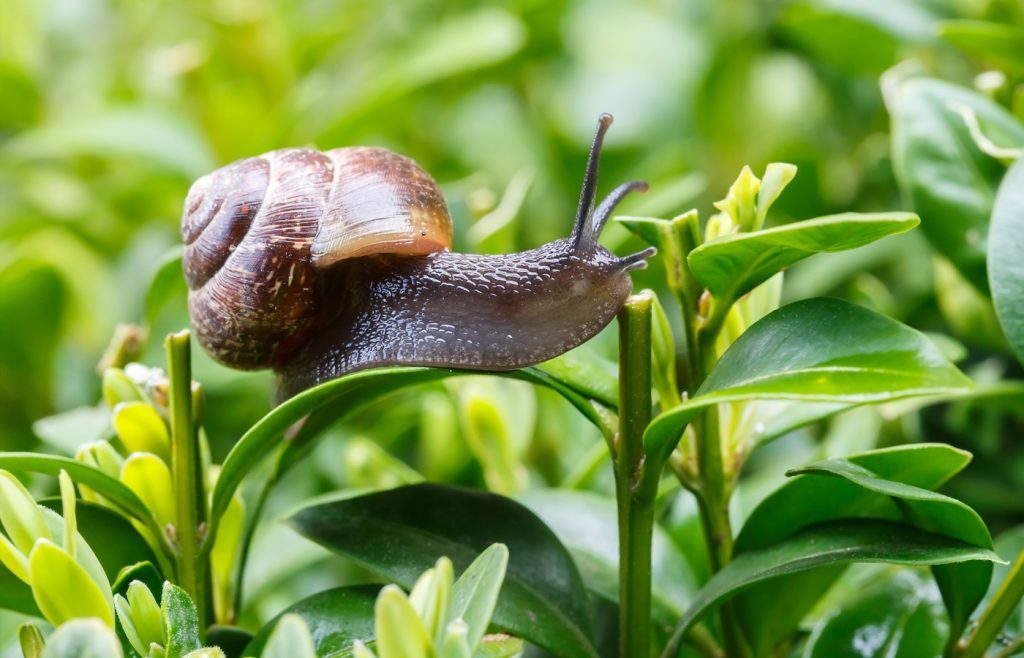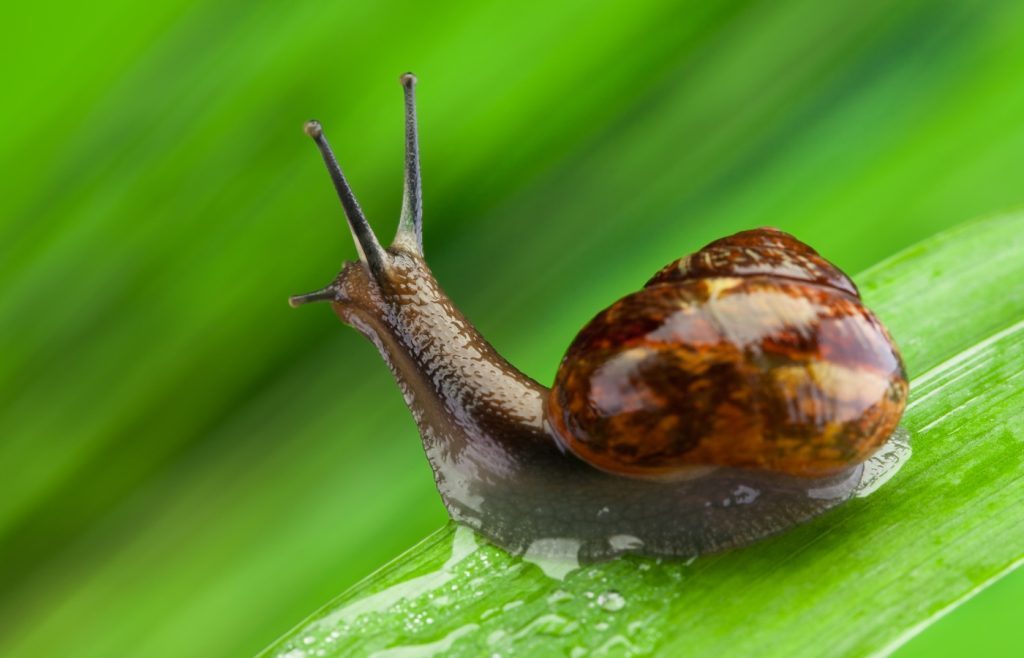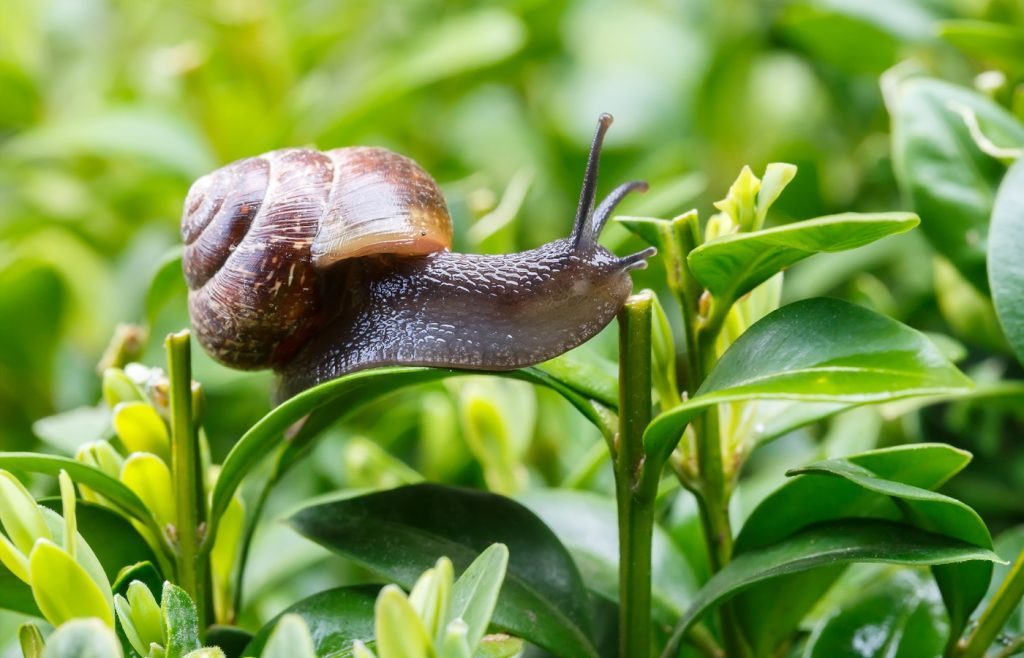Snails, while often discreet and even charming to observe, can turn into a real nightmare for gardeners when they proliferate. Attracted to tender young shoots, fresh leaves, and sometimes even fruits, they cause significant damage in vegetable gardens and flower beds.
Fortunately, there are several methods to manage their presence and preserve the beauty and productivity of your garden.
Prepare the soil to limit snail proliferation
In the dead of winter, the fight against snails takes on a whole new dimension. Even though these mollusks are less active during the cold season, it is possible to anticipate their return with a few proactive steps.
Unlike autumn, when laying eggs is particularly active, January is a good time to spot and eliminate potential hiding places for snails and their eggs, often concealed under dead leaves, stones, or in soil crevices.
Working the soil deeply exposes these eggs to their natural predators, which helps limit their hatching in the spring. To maximize the effectiveness of this method, it is advisable to avoid leaving the soil in large clumps after tilling. A good raking levels the surface and fills in the crevices that could serve as shelters for snails.
Maintaining a slightly compacted soil allows frost to act naturally to destroy any remaining eggs. Additionally, moderate application of quicklime or agricultural lime can make the soil less attractive to these mollusks.

Adopt preventive methods to protect your plants
Snails particularly favor humid and sheltered environments. Spring, with its mild climate and tender young shoots, represents an ideal time for them to feed and reproduce. This is why it is important to take preventive measures before an invasion occurs.
Physical barriers remain one of the most effective methods to protect your plants. You can, for example, use copper borders around your flower beds or install specific anti-snail bands. These devices prevent the mollusks from reaching your crops by creating an insurmountable barrier.
In addition, natural repellent substances, such as crushed egg shells, coffee grounds, or wood ash, can also play a deterrent role. These materials create an unpleasant surface for snails, who prefer to avoid your plants.
Focus on plants to deter snails
Natural methods offer a gentle and environmentally friendly alternative to keep snails at bay. Among them, certain plants have interesting repellent properties.
Peppermint, rosemary, and sage, for example, emit odors that snails dislike. Incorporating these varieties into your vegetable garden or garden borders can help keep these nuisances away.
Attract natural predators
In a balanced ecosystem, natural predators of snails play a crucial role in regulating their population. Hedgehogs, birds, certain frogs, and even some species of beetles feed on snails.
To encourage their presence, you can create conducive environments. For example, provide shelters for hedgehogs, add feeding stations for birds, or create a small water source to attract frogs.
A garden that is welcoming to these predators naturally becomes less prone to snail invasions while contributing to local biodiversity.

Diversify strategies for better efficiency
In the face of snails, a combination of several methods often remains the best solution to limit their proliferation. Some complementary techniques can be easily incorporated into your gardening practices:
- Create dry zones around your plants, as snails avoid overly dry soils.
- Set up beer traps that attract snails and prevent them from escaping.
- Use natural sprays made from garlic or chili to repel mollusks without harming your plants.
By applying these different strategies simultaneously, you enhance your chances of keeping your garden healthy and productive.

